Depth electrode placement for drug-resistant epilepsy
On September 12, information from Nguyen Tri Phuong Hospital said that this unit had just successfully placed a deep brain electrode to record electroencephalography (SEGG) to treat epilepsy in a 16-year-old female patient who had suffered from epilepsy for 8 years.
SEEG technique is considered one of the important advances in epilepsy surgery, helping to accurately determine the epileptogenic area, improving efficiency and safety for patients.
According to Dr. Pham Anh Tuan, Head of the Department of Neurosurgery, this is also the first time this technique has been performed in the public hospital system of the country.

Doctors at Nguyen Tri Phuong Hospital performed SEEG surgery on a patient with epilepsy for 8 years (Photo: Hospital).
The patient is a 10th grade female student who has had epilepsy for 8 years. When she came to the Neurosurgery Department, Nguyen Tri Phuong Hospital, she had 2-3 epileptic seizures per week. Before that, she had been treated at many hospitals, using up to 3 types of anti-epileptic drugs but gradually became resistant to the drugs.
At Nguyen Tri Phuong Hospital, brain MRI results showed that the patient had a large cortical structural abnormality in the left temporal-occipital region. Scalp electroencephalography suggested that the seizures originated from the left temple, but the surgical site could not be determined precisely.
Therefore, doctors of the Department of Neurosurgery and Neurology decided to perform surgery to place deep electrodes to ensure accurate identification of the epileptic region as well as safe surgical area.
“The advantage of SEEG is that it is a high-tech, minimally invasive test that can help accurately determine the epileptic region as well as map the functions of the examined brain regions, helping to predict the surgery,” said Dr. Le Thuy Minh An, Department of Neurology.
After the surgery, doctors continuously analyze the EEG, accurately determine the epileptogenic area and the functional brain area related to the epileptogenic area. It is a smaller area than the lesion on the MRI, from which precise intervention can be performed and help preserve maximum function.
From there, the doctors continued to perform surgery to remove the epileptic area after 2 weeks. Currently, the patient is in the post-operative monitoring period, with no post-operative seizures recorded.
A disease that only 0.5-1% of the population suffers from
It is estimated that the rate of epilepsy in Vietnam is about 0.5-1% of the population, equivalent to about 500,000-1,000,000 people living with this disease. Of these, about 30% are drug-resistant epilepsy cases, meaning that hundreds of thousands of patients need intensive intervention methods such as surgery.
According to Dr. Tuan, in the treatment of epilepsy, each year, the Department of Neurosurgery, Nguyen Tri Phuong Hospital, receives hundreds of epilepsy patients from many different age groups. Among them, many have become resistant to drugs and have been examined and treated at many hospitals but have not yet controlled the disease.
Studies have shown that surgical resection of the epileptogenic zone followed by EEG deep brain electrode placement improves seizure control rates by 40-60% compared with surgical resection alone.
"At the same time, through electrodes placed in the brain, we can stimulate the cerebral cortex to evaluate and determine the functional cerebral cortex, predict neurological defects if they are removed, help decide to preserve function before surgery, and increase the safety of the surgery," the doctor added.
In further comparison, Dr. Tuan said that if deep brain electrodes are not placed, epileptic patients will continue to live with drug-resistant epilepsy.
If doctors were to perform “blind surgery” from MRI results, as they had done in the past, they might not be sure about the outcome of seizure control. This could lead to a relapse. Or if too large a region of the brain was removed, the patient could have unforeseen permanent neurological deficits.
Nguyen Tri Phuong Hospital has just successfully organized an international workshop on the application of deep brain electrode placement for electroencephalography (SEEG) in epilepsy surgery. The workshop gathered neurologists and neurosurgeons in Vietnam from 3 regions of the country and international experts.
Dr. Le Cao Phuong Duy, Deputy Director of Nguyen Tri Phuong Hospital, emphasized that this will be a solid foundation for the hospital to continue to develop in depth, bringing practical benefits to patients with neurological diseases such as epilepsy and Parkinson's.
Mastering this technique opens up opportunities to improve the quality of epilepsy treatment in Vietnam, and marks a major step forward in the integration and professional development of hospitals as well as the country's healthcare system.
Source: https://dantri.com.vn/suc-khoe/thieu-nu-16-tuoi-thoat-con-dong-kinh-nho-ky-thuat-moi-20250912113305804.htm


![[Photo] Draft documents of the 14th Party Congress reach people at the Commune Cultural Post Offices](https://vphoto.vietnam.vn/thumb/1200x675/vietnam/resource/IMAGE/2025/10/28/1761642182616_du-thao-tai-tinh-hung-yen-4070-5235-jpg.webp)
![[Photo] National Assembly Chairman Tran Thanh Man received a delegation of the Social Democratic Party of Germany](https://vphoto.vietnam.vn/thumb/1200x675/vietnam/resource/IMAGE/2025/10/28/1761652150406_ndo_br_cover-3345-jpg.webp)



![[Photo] Flooding on the right side of the gate, entrance to Hue Citadel](https://vphoto.vietnam.vn/thumb/1200x675/vietnam/resource/IMAGE/2025/10/28/1761660788143_ndo_br_gen-h-z7165069467254-74c71c36d0cb396744b678cec80552f0-2-jpg.webp)


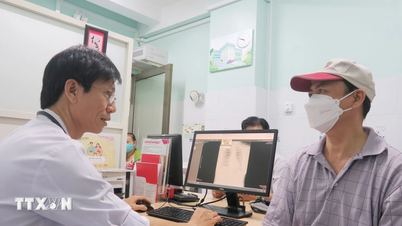

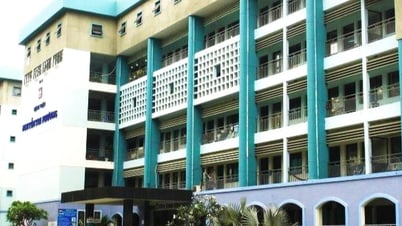





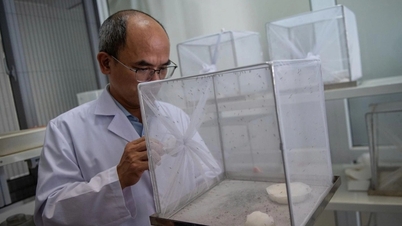

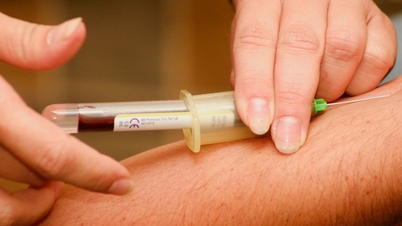


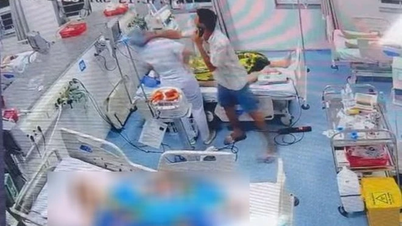










![[Photo] President Luong Cuong attends the 80th Anniversary of the Traditional Day of the Armed Forces of Military Region 3](https://vphoto.vietnam.vn/thumb/1200x675/vietnam/resource/IMAGE/2025/10/28/1761635584312_ndo_br_1-jpg.webp)


















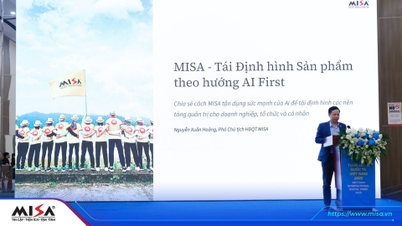































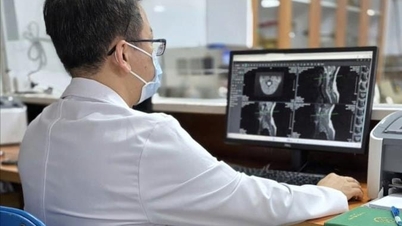





















Comment (0)